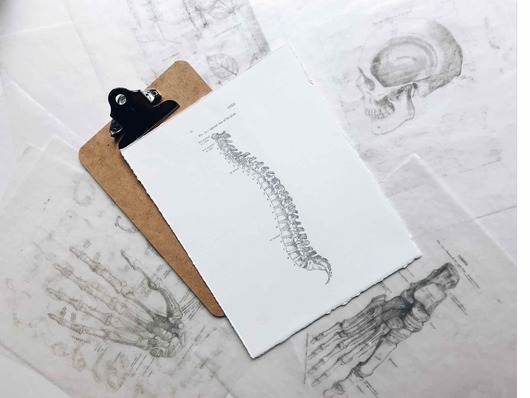February 11, 2021
Physical Therapy Intake Forms for Patients: 10 Essential Elements
The development of online patient intake capabilities has drastically simplified information management. Paired with EMR, online physical therapy intake forms make record keeping neater, quicker, and less redundant. Don’t forget to include these 10 essential elements of PT intake forms in yours!

1. Patient’s Identifying Information
Identifying information such as name, date of birth, and sex is probably the most obvious element of a PT intake form. Not only are these items necessary for you to keep track of your patients, it’s sum provides broad insights into the demographics of your clientele.
2. Insurance
Seeing that most patients pay with insurance, you must confirm they’re insured before conducting an appointment. Collecting this information before a patient arrives for their appointment will allow you to smooth out any kinks ahead of time. For cash-based practices, you can skip this!
3. Referrals
Be sure to ask patients how they heard about your practice and/or who referred them to you. This information will inform your marketing efforts!
4. Reason for Visit and Symptoms
Collecting this information prior to clinic visits will inform the physical therapist(s) and maximize hands-on time during appointments. Remember to be specific when asking about pain and symptoms. For example: “Where are you experiencing pain? What sensations are you experiencing? What is your pain level? What alleviates or worsens your pain?”
5. Pre-Existing Conditions, Injuries, and Medications
Asking about pre-existing conditions, injuries, and medications is a safety necessity. Not only will this knowledge directly inform your care, it may provide insight into the root of the condition and/or pain your patient is currently experiencing.
6. Electronic Signatures
Because they’re HIPAA compliant, E-Signatures allow you to keep patient check-in touchless!
7. HIPAA Acknowledgement
Speaking of HIPAA, don’t forget to attach HIPAA acknowledgement to your patients physical therapy intake form.
8. Consent Forms
While not always applicable, certain services do require written consent. For instance, consent forms are required for dry needling. Obtaining consent (or the lack thereof) before an appointment will make the process more seamless if services requiring consent are prescribed.
9. Financial Policy
The last thing you want is for your patients to be surprised at billing. Clearly state your PT practice’s financial policy on your physical therapy patient intake form to prevent hiccups and manage patient expectations.

10. Anything Else?
It’s important to include an open-ended question on your physical therapy intake form, where patients can add any information that didn’t fit elsewhere. For example, try asking “What else would you like for us to know?” Phrasing the question as “what else” rather than “is there anything else” will encourage patients to write and speak freely.
Conclusion
The integration of online physical therapy intake forms, complemented by Electronic Medical Records (EMR), has markedly streamlined physical therapy information management. The inclusion of crucial elements, from basic patient details to electronic signatures and adherence to HIPAA regulations, underscores the efficiency and privacy commitment of modern intake processes.
Furthermore, practices can enhance their workflow by leveraging PtEverywhere, a leading PT practice management software offering a comprehensive physical therapy intake form template for healthcare professionals, further streamlining the patient onboarding experience.


